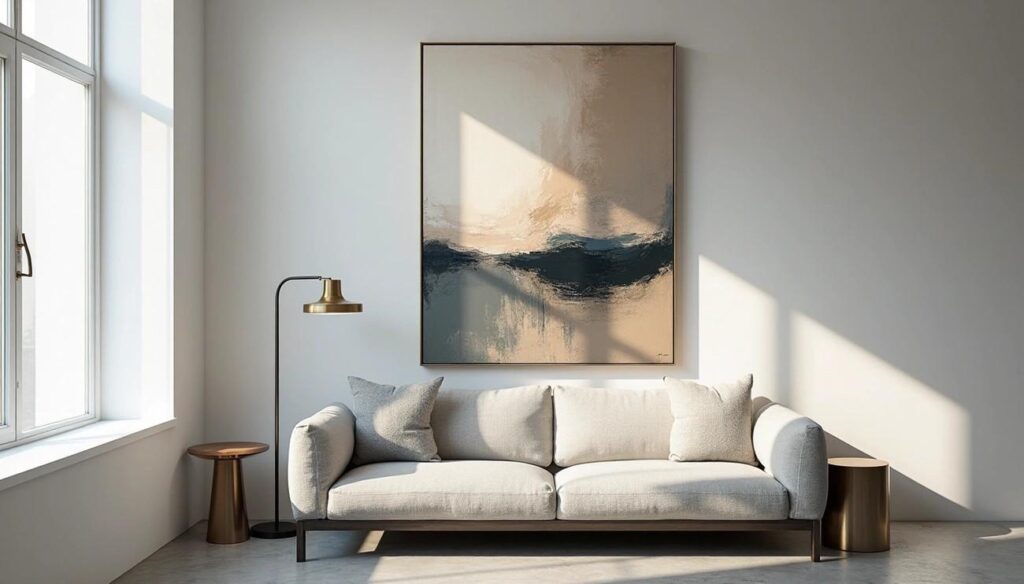
Contemporary oil paintings captivate with their timeless beauty and rich textures. These classic works of art have the power to transform a clean, simple space into something truly striking, even within the refined aesthetic of minimalist design.
When thoughtfully placed, oil paintings add depth and character to minimalist interiors, turning neutral rooms into reflections of personal style. Their layered, textured surfaces offer a striking contrast to smooth modern finishes, bringing warmth and visual interest to spaces that might otherwise feel cold or impersonal.
In this article, you’ll discover how to choose, position, and display contemporary oil paintings in ways that elevate your minimalist decor.
Understanding the Role of Contemporary Oil Paintings in Minimalist Design
Balance means everything in minimalist design. Empty spaces dance with carefully placed elements to create serene yet purposeful environments. Contemporary oil paintings do more than just decorate – they bring these spaces to life.
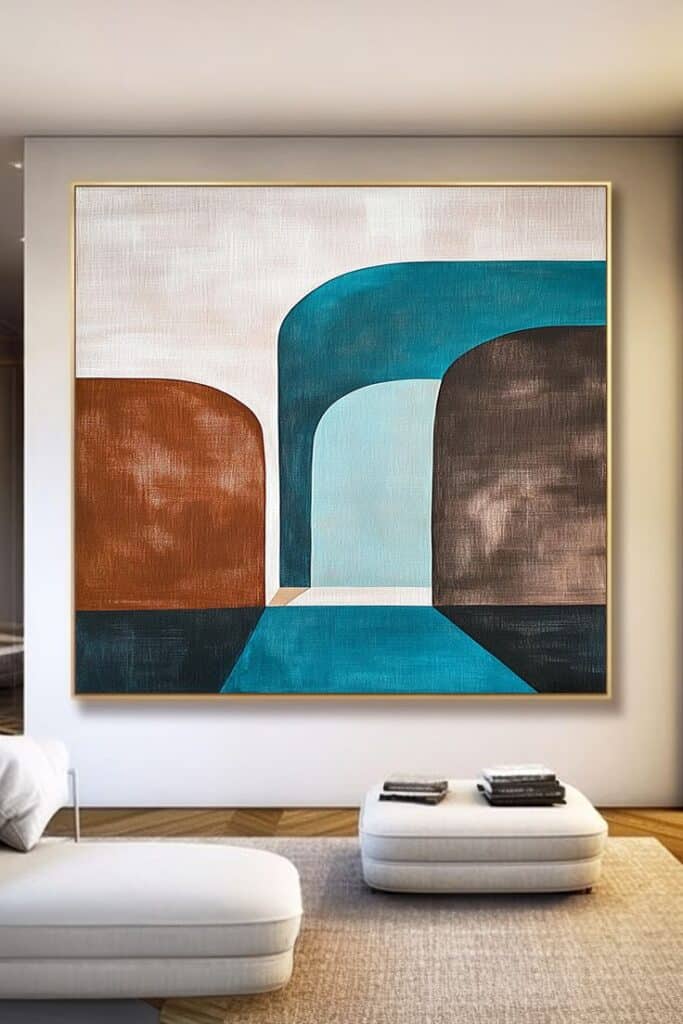
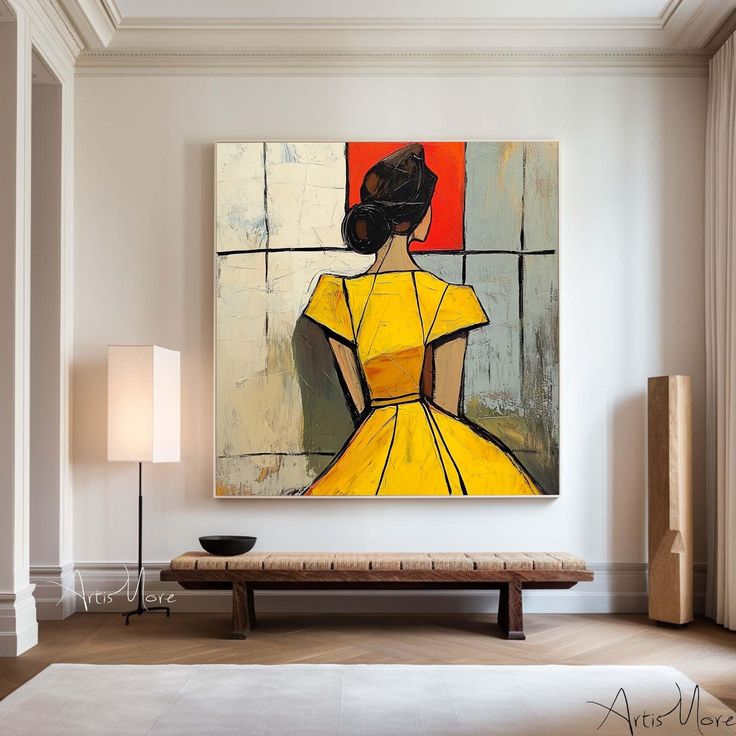
Why minimalist spaces need visual anchors
Minimalist interiors might feel sterile without well-planned focal points. Minimalism’s beauty shines through carefully selected pieces that enhance spaces without overwhelming them.
Many people think minimalist design should look empty. The truth is, successful minimalist spaces thrive on thoughtful focal points that naturally draw your eye and create meaningful contrast with their surroundings. Rooms can feel cold and unwelcoming without these visual anchors, rather than intentionally simple.
How oil paintings add warmth and depth
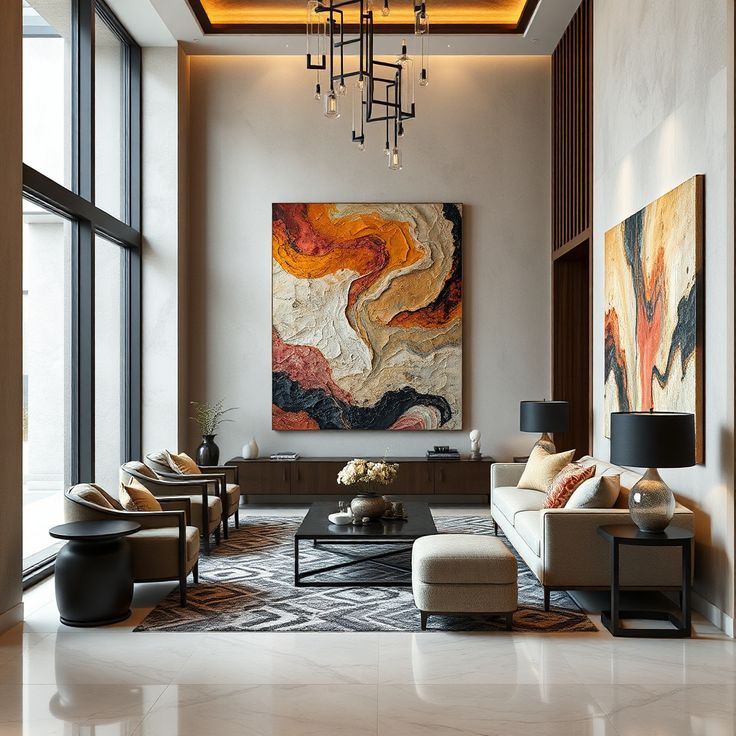
Oil paintings breathe life into minimalist spaces with rich textures, evocative colors, and timeless beauty. They add depth and dimension even in the most spare settings. Their warmth prevents the coldness that often creeps into minimalist design.
Oil paintings’ layered quality adds dimension naturally. This depth becomes especially valuable in monochromatic spaces, where texture variations create visual interest. Interior designer Bethany Adams explains, “When a room is mainly one color, your eye will be drawn to the subtle differences in texture – that’s what makes a simple space interesting”.For those looking to make a bold statement, very large oil paintings can completely transform a room by becoming its focal point. These oversized works, like the ones offered by Art by Maudsch, introduce dramatic scale while preserving the elegance and warmth that oil art provides.
The contrast between texture and simplicity
Something special happens when textured art meets clean, minimalist surroundings. This mix creates visual tension that enhances both elements. Rough, tactile surfaces of oil paintings stand out beautifully against smooth walls and sleek furniture.
Texture acts as “the silent conductor orchestrating a symphony of simplicity”. It turns flat minimalist spaces into rich, three-dimensional experiences. The organic, textured surface of paintings paired with clean furniture lines creates sophisticated yet lived-in spaces.
These texture combinations work best:
- Matte walls with glossy-finish paintings
- Natural wood furniture with textured canvas
- Metallic accents with complementary frames
Choosing the Right Style of Oil Painting for Minimalist Rooms
The right oil painting can make a huge difference in a minimalist space. You need to think over both style and color palette carefully. Your chosen piece should boost the clean simplicity of your surroundings without causing any disruption.
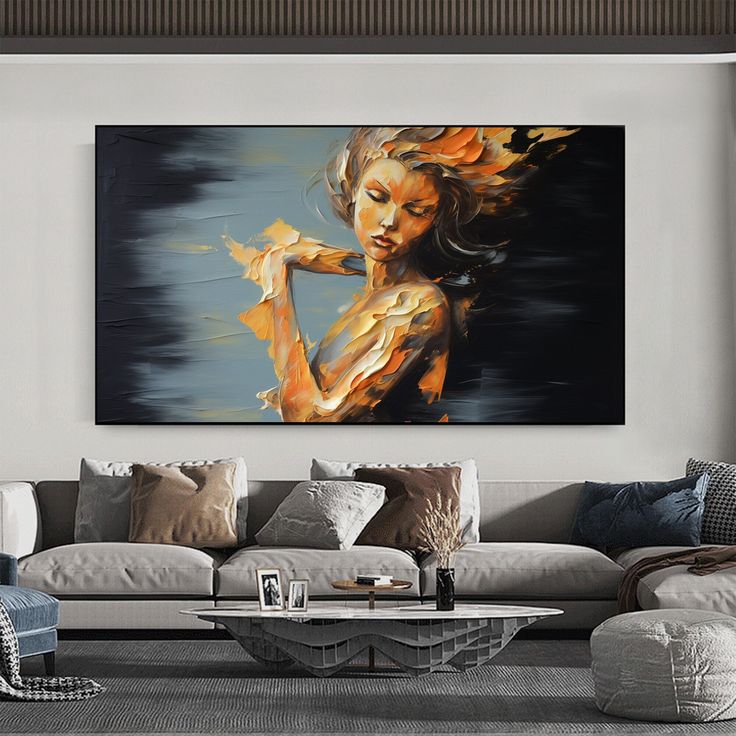
Abstract vs. figurative: what works best
Abstract and figurative oil paintings each bring something special to minimalist design. Abstract art breaks away from traditional forms. It uses shapes, colors, and lines to express concepts and emotions that don’t always look like anything specific. People can find their own meaning in this style of artwork.
A minimalist interior creates the perfect stage for abstract art to shine as an interesting focal point. Abstract pieces with clean lines and geometric shapes work especially well in modern minimalist settings.
Figurative art shows us things we recognize from real life—people, animals, landscapes, or everyday scenes. Minimalism moved away from personal expression historically. But the right figurative pieces can look amazing if they:
- Maintain simple composition
- Feature limited color palettes
- Depict subjects with clean, uncluttered imagery
Muted tones vs. bold accents
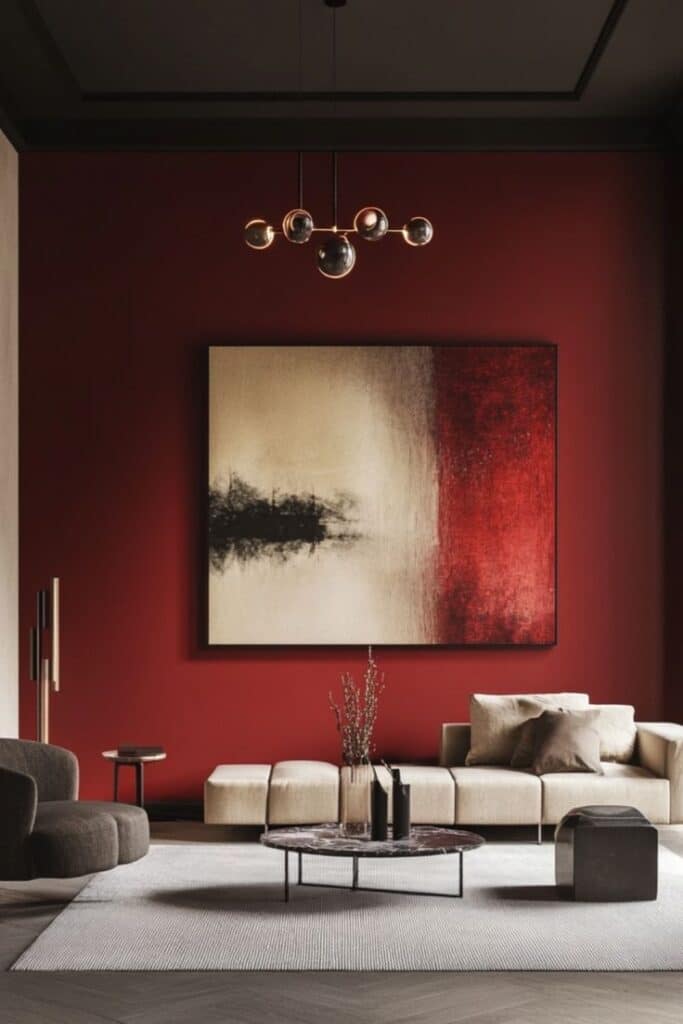
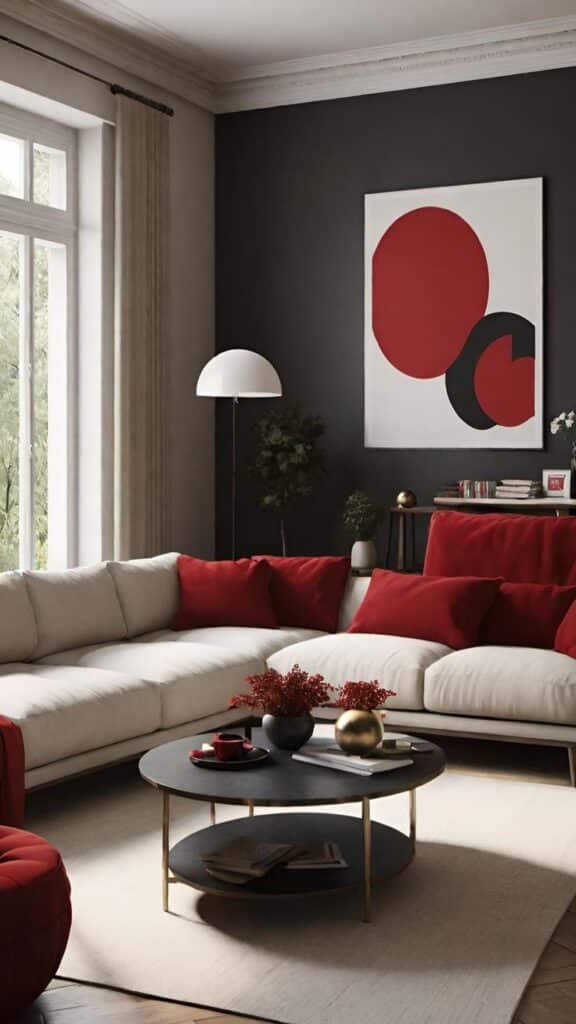
Colors can dramatically change how an oil painting works in a minimalist room. Muted colors are the most important trend in contemporary art and design for 2025. These toned-down shades come from mixing gray, black, white, or complementary colors.
Muted colors help your nervous system relax naturally. This calming effect lines up perfectly with minimalist principles. These colors create visual “quiet zones” that reduce sensory overload in busy spaces. Sage greens, dusty blues, warm grays, and soft ochres create a timeless look.
Bold accents have their place too. The Rainbow Procession Oil Painting shows how a vibrant yet understated piece can add a subtle pop of color to minimalist interiors.
Placement and Proportion: Making Art the Focal Point
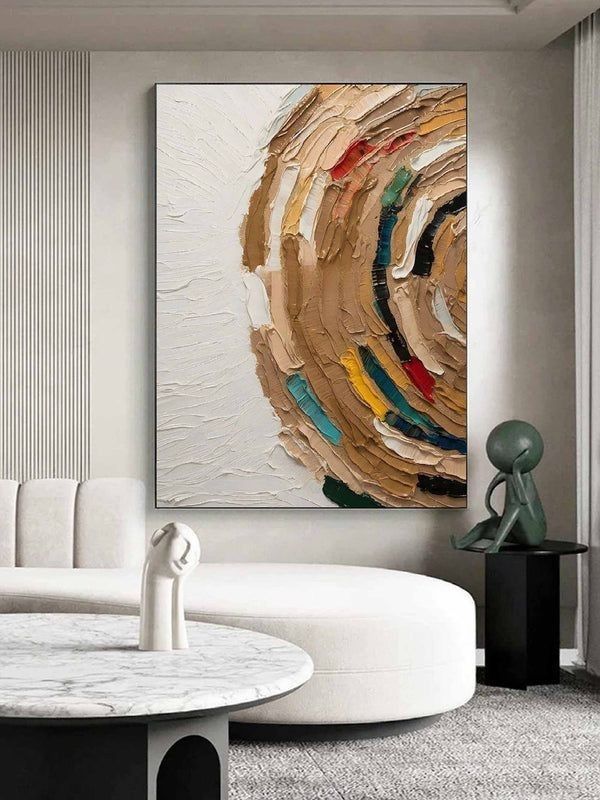
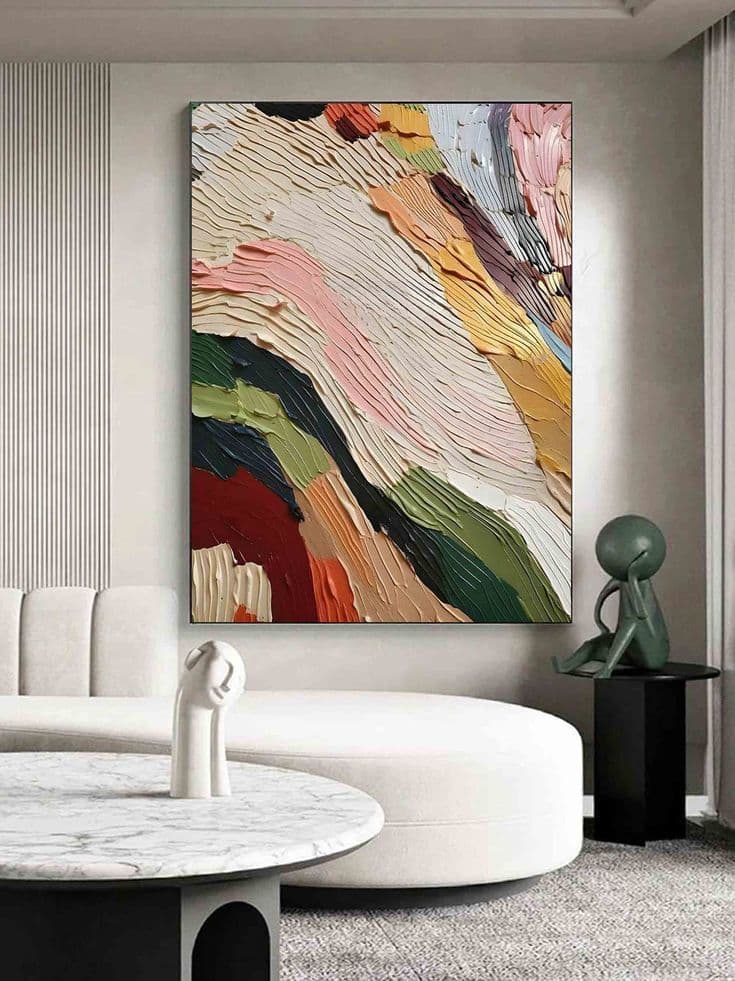
A well-placed contemporary oil painting becomes more than decoration – it turns into a powerful focal point. The right spot can raise both the artwork and the minimalist space around it.
Above furniture: sofas, beds, and consoles
Your oil paintings should hang 6-8 inches above furniture pieces to create the best visual connection. This placement builds a natural relationship between art and furniture without too much space between them. The artwork’s width should take up about two-thirds of the furniture piece to keep the right scale.
Large-scale oil paintings above sofas make great centerpieces that spark conversations in living rooms. Peaceful artwork above the bed can make bedrooms more tranquil. Bright, energetic paintings add life to dining areas.
The right proportions make a big difference. A tiny artwork looks lost above a large sofa and throws off the balance. Choose paintings that have the right visual weight for their location.
Creating balance with negative space
The empty space around your inspiring paintings is just as important as the art in minimalist rooms. This negative space lets your eyes rest and creates the visual breathing room that minimalist design needs.
The space between your art and the ceiling should be about twice the distance between the art and furniture. These proportions create a natural visual rhythm throughout the room.
One large piece often makes a stronger statement than several smaller works. Quality matters more than quantity.
Lighting and Texture: Enhancing the Visual Impact
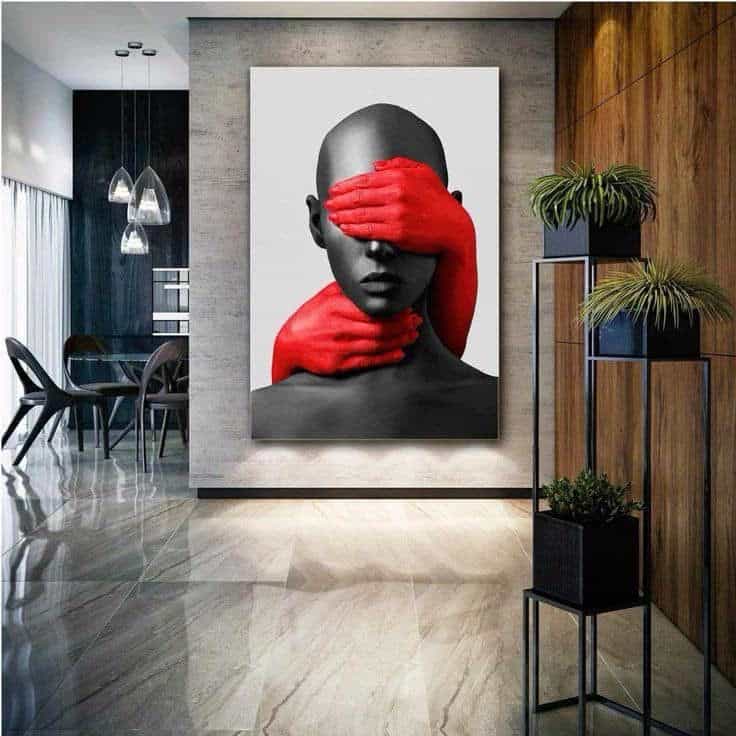
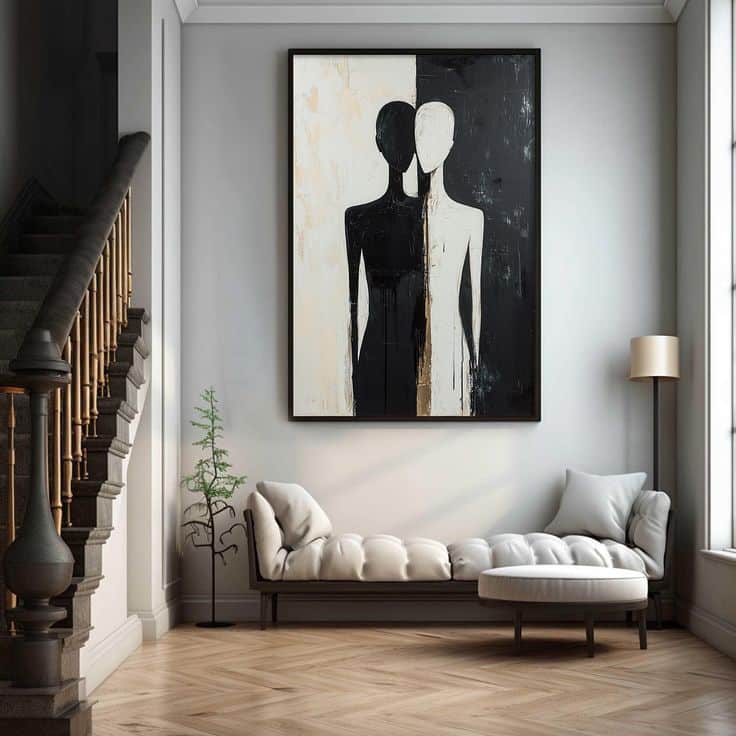
Light brings out the hidden magic in contemporary oil paintings. The right illumination transforms a flat decorative piece into a dynamic centerpiece that reveals depth and makes colors come alive.
Using directional lighting to highlight texture
A 30-degree angle directional lighting reduces glare and accentuates the oil painting’s textural elements. Track lighting and adjustable fixtures give you the most flexibility to aim light exactly where needed. Rich textured oil paintings look best when you reduce the angle by 5 degrees. This creates subtle shadows that emphasize brushwork without hiding details.
Pairing with matte or glossy surfaces
Oil painting’s textured surface creates beautiful contrast against smooth minimalist surfaces. Here are some great combinations:
- Glossy-finish paintings pop against matte walls
- Textured oil paintings look stunning near smooth glass or metal accents
- Wooden elements nearby add balanced warmth
Frame choices that suit minimalist esthetics
Minimalist spaces need frames that enhance without overwhelming. Anti-reflective glass cuts down distracting glare. Matte-finished frames work best to reduce reflections, especially in bright environments.
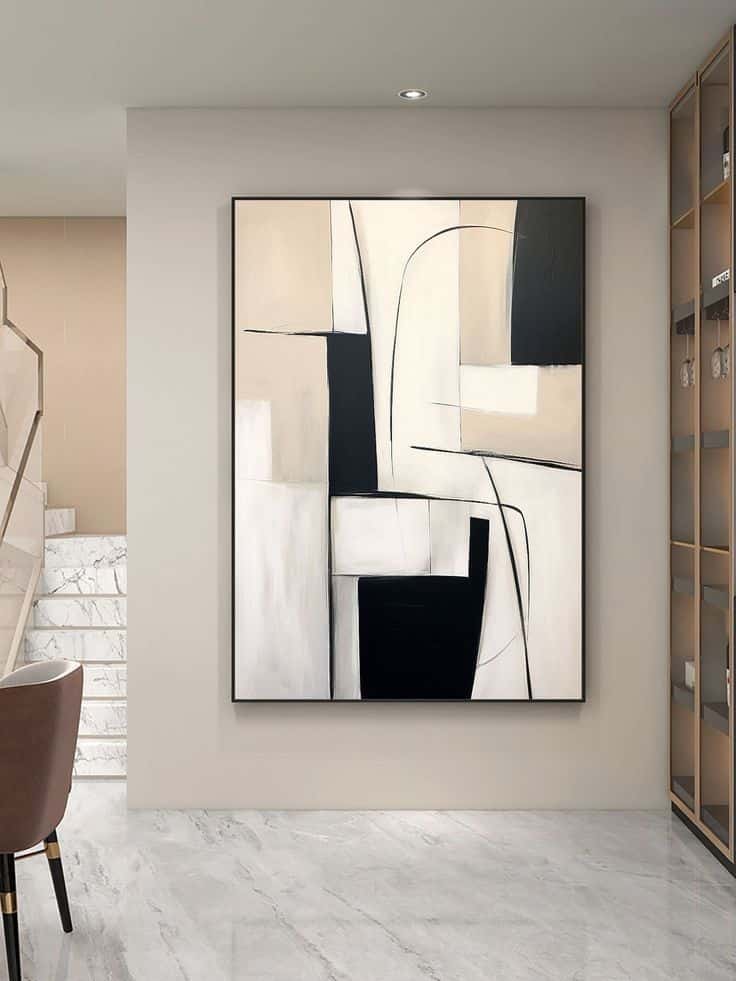
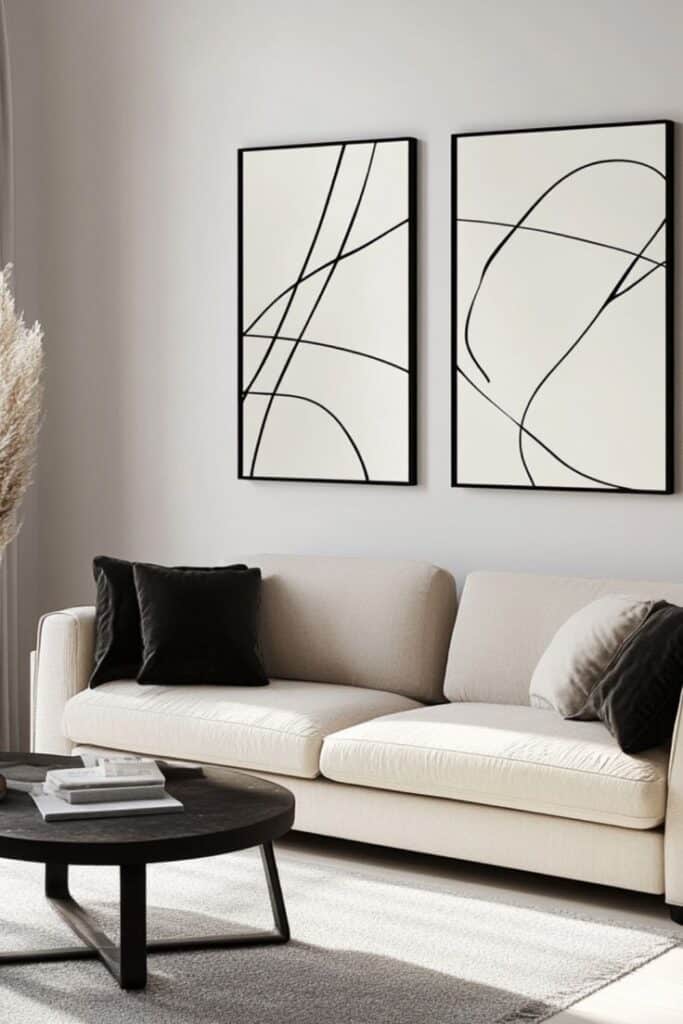
Natural light considerations
Oil paintings shine best in natural light thanks to superior color rendering. Place artwork where it gets indirect natural light and avoid harsh direct sunlight that damages pigments. Natural light changes throughout the day affect your painting’s appearance. Morning and evening light adds warmth that enhances the painting’s emotional impact.
Conclusion
Contemporary oil paintings can transform minimalist spaces when chosen and displayed with care. Their textured surfaces and timeless appeal bring warmth, contrast, and personality to even the most pared-down interiors.
By paying attention to proportion, lighting, and placement, you allow the art to breathe and the space to feel complete. Thoughtful integration of oil paintings elevates minimalist rooms into spaces that feel not just curated, but deeply personal and alive.
- 0shares
- Facebook0
- Pinterest0
- Twitter0



